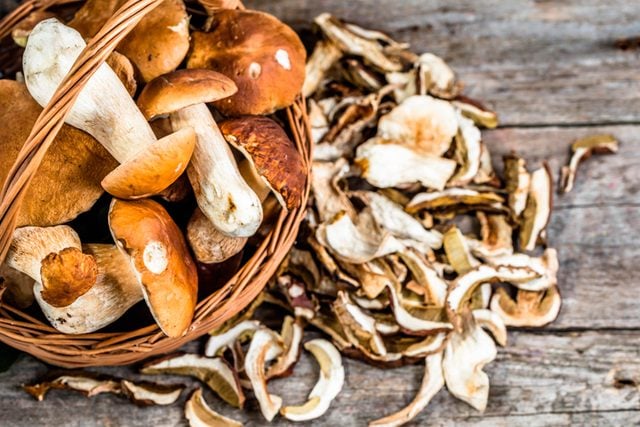This Is the Real Difference Between White, Cremini, and Portobello Mushrooms
Updated: May 21, 2021
Hint: It has to do with age!
Ah, mushrooms. The nutrient-filled fungi can be added to just about any dish, raw or cooked, and still taste delicious. (Seriously, mushrooms are just one of many healthy cancer-fighting foods.) With 10,000 different species of mushrooms discovered in North America alone and many more types left undiscovered, 90 percent of the United States consumes mushrooms of the agaricus bisporus family, according to Livestrong. In other words: cremini, white button, and Portobello mushrooms.
The difference between these three fungi depends solely on their age. The youngest variety of the agaricus bisporus family is the white button mushroom, also known as the table mushroom. These particular mushrooms are cultivated to be smooth and white for cooking; in the wild, their natural color tends to be more of a tinted brown. Although it falls behind its older siblings in terms of flavor, it is still the most ubiquitous of its kind, which makes it easy to utilize in almost any meal.

The cremini mushroom, also known as a baby bella, is the middle child to its younger white button and older portobello. At this stage, its brown color has developed, its flavor has intensified, its texture has firmed, and a sheath of skin should be covering its gills (if the skin is present then the mushroom is fresh).
The oldest version of the agaricus bisporus species is the portobello, also sometimes referred to as the open cap mushroom due to its open cap with visible, brown gills. It is purposely overgrown to achieve a more meat-like cap, which is commonly used as a meat-substitute. Throughout the overgrowing process, the portobello loses some of its moisture, resulting in it being a more flavorful version of its younger siblings. Less moisture is also more convenient for cooking, marinating, and grilling.